How to Travel Solo and Stay Safe

Comedian Larry David once said, “I don’t like talking to people I know, but strangers I have no problem with.”
Larry David must be a solo traveler.
Some of the best trips are the ones you take alone. Solo travel can teach you to be more resourceful and comfortable in your own skin. Plus, traveling alone is freedom from difficult companions, and most of us have endured a few of those (you know the type: is hard to please, never wants to do the same activities as you, never offers input but complains to no end if you make the “wrong” decision, expects mind-reading powers). Selfishness is not a desirable personality trait in travel companions, and people like this can wreck a trip you’d otherwise enjoy.
Thank goodness for the company and conversation of people you meet during travel. If you enjoy your independence and want to try going it alone, read on about the joys of solo travel, how to plan for it, as well as how to stay safe.
Do Your Research

Research how to dress
Research the area you want to visit. Learn all you can about the local culture (how they dress, what they eat, how they get around). Find out about accommodations and conversion rates. Do your homework, and the surprises you have will hopefully be good ones, like getting unexpected help from an attractive stranger or sampling delicious local foods or drinks. Lonely Planet is ideal for research…and is hardly lonely.
Virtual Tourist is also a good place to research “63,000 destinations” around the world. Read about the best sights, restaurants and bars, local customs, lodging, transportation, flights and airports, nightlife and more. Get information on topics like travel insurance here, too.
Here, you will also find up-to-date information on any warnings or dangers that have been issued at locations around the world, from petty thefts in Paris to areas to avoid at night in Stockholm.
Cancellation Policies
Find out about cancellation fees for your flight and lodging so you’ll know ahead of time if you’ll get your money back if you need to cancel for safety or other good reasons (more on safety below).
Book flights strategically
When you book your flights, try to arrive before dark. Avoid being in a new city in the middle of the night.
Make an emergency plan
Write down the information of people you’ll contact in an emergency—keep this information in more than one place.
Keep your passport, money, etc. safe
Make and keep a photocopy of your passport and other important documents. Upload copies to cloud-type storage.
You may find it less expensive to exchange currency at a local bank at your destination rather than at your bank at home. You may be able to get interbank rates instead of a huge spread on exchange rates.
Have access to local currency since you’ll be solo and have no friends to rely on. You might take multiple credit cards or travel cards and local currency if you can get it before you arrive. USDs and Euros are good emergency currency to have with you—store the money in several different places. Use a safe at your hostel or hotel if you can.
Use an RFID blocking money belt or an RFID blocking neck stash for fewer worries about pickpocketing.

Use an RFID blocking money belt
Special items you’ll be glad you packed
Although you already know to pack light, since you’ll be stuck caring for your luggage, you might want to include:
- Book or e-reader. Good entertainment for the plane and props to use for times you’re dining alone in public. Loaded Kindles + Spotify Offline will keep you entertained. Pay for Spotify and you can sync up to 3,333 songs on your phone.
- Health kit. Be self-reliant–take care of yourself if you get sick. Charcoal tablets, Pepto-Bismol, and some rehydration packets are a requirement for indigestion or other gastrointestinal distress.
- Steripen Water Sterilizer. Ensure safe drinking water.
- Neck pillow, earplugs, and eye masks. Stay comfortable on the plane and at your destination.
- Guidebook. This will help you get around better.
- Use a TSA Luggage Lock with Search Alert to protect your luggage.
Blend in

Blend in with the locals
Walk with purpose and look like you know where you’re going even when you don’t. Don’t look at your map in broad view. Learn the routes of public transportation before you go. Camouflage your tourist status.
Book a few group tours
There is safety in numbers, and you’ll learn a lot about an area’s culture, history, food, and more. Develop a kinship with other travelers.
Learn from the locals
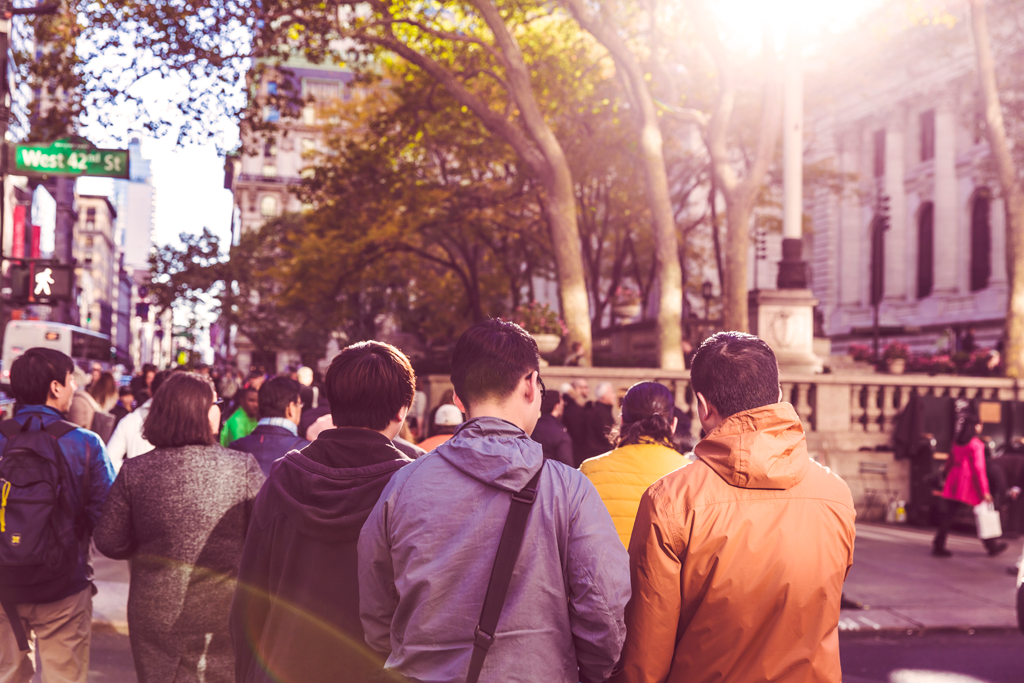
Locals can be the best teachers
The locals know the ins and outs of the native land and are the best teachers; they’ll know the best places to see that the travel guides might not.
Learn the language
Be at least competent in using the local language (including slang, which can be more interesting than anything you’ve learned in a second-language course).
Learn to read a map
Some travel articles tell you to ‘’lose the map and get lost.” This is bad advice, especially for a solo traveler or for those who get lost easily. Being able to read a map is essential when traveling alone. Get maps for your destination (and study them long before you arrive at your destination).
If you don’t like paper maps, download apps to help you navigate (get the apps before you leave for your trip). Nowadays, Google Maps is practically essential. CityMapper is also good. You might like XE Currency so you can compare local costs to home.
Landmarks like distinctive architecture, monuments, bridges, shops, etc. can help you learn your way and get your bearings; if you were to lose your phone and were without a paper map, at least you could probably find your way back to where you’re staying.
Lodging: A Word on Hostels
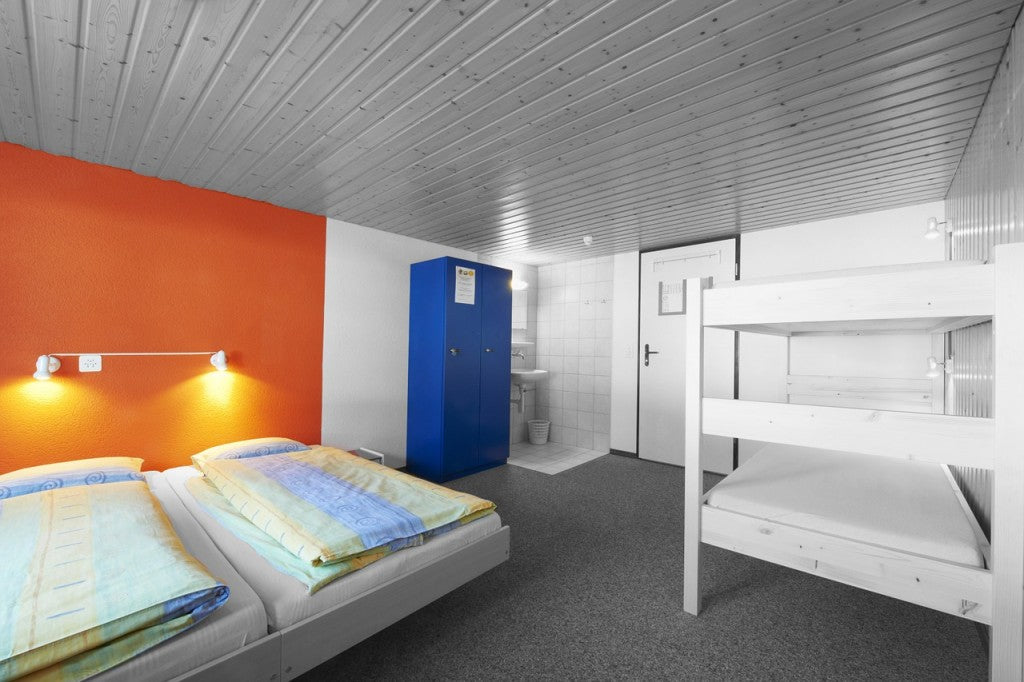
Hostels are not the same as they use to be
Hostels aren’t just for youngish backpackers on a budget. Most hostels of today have no age limits; everyone is welcome, from single twentysomethings to families with kids, to middle-aged and older people). Hostels are often the lodging of choice for soloists since the setting is communal and lets you easily meet other travelers who can share their experience and knowledge (not to mention meals). The dorm atmosphere and shared common areas and kitchens give you a chance to prepare your own meals with fresh food that you might pick up from public markets.
If the dorm atmosphere is not for you, most hostels also offer single private rooms.
Check Hostelz.com for complete databases, real reviews, and direct contact information for hostels worldwide so you can book online. Reviews are entertaining to read; the best ones are written by paid reviewers. Find out about cleanliness, security, and more from previous guests.
You’ll save money by staying in a hostel (hotels will ding you with double occupancy charges), and you might find hostels have a bit more character than the more predictable rooms in hotels.
Note that, in more liberal countries, independent hostels may feature coed dorms; for the single female traveler who is risk averse, find out ahead of time about this as you’d probably feel safer in a more traditional hotel.
If you’re a woman traveling solo and staying in a coed hostel, don’t assume that a stranger you meet at a hostel is necessarily safer to be around than a random person on the street; he could be the one you need protecting from, so trust your instincts. On the other hand, it’s not uncommon for men in hostels to be protective and on the alert for women’s safety.
If you treasure privacy and can’t relax if you don’t have your own space, just stay in a traditional hotel and find other ways to meet people than communal arrangements.
Apps For Meeting Travelers and Locals
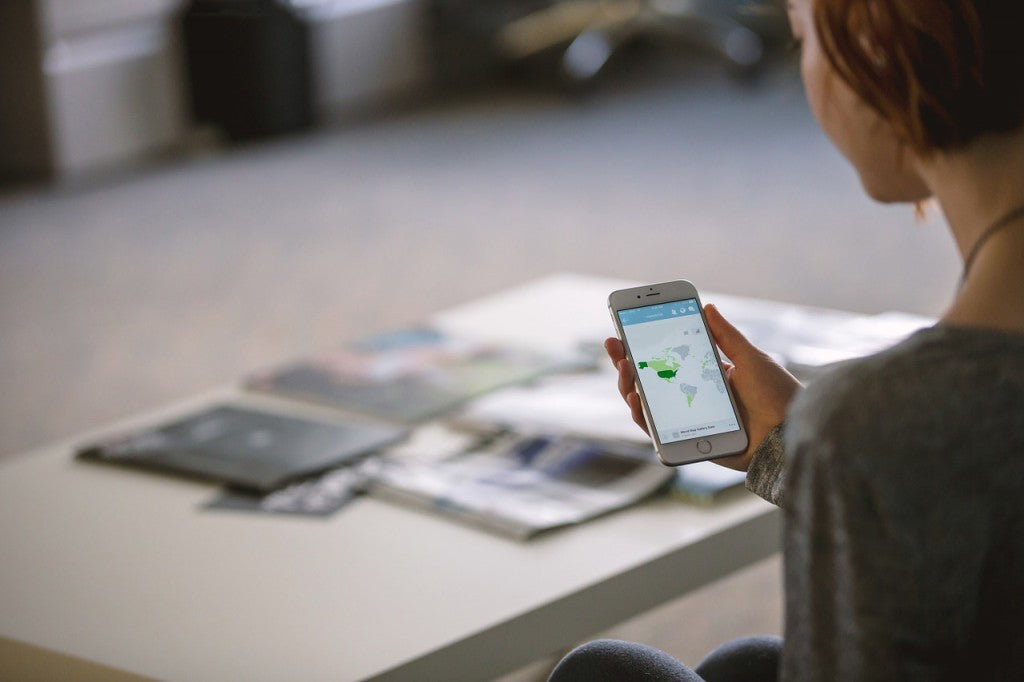
Use travel apps to help you meet other travelers or locals
When traveling, try to meet the locals through one of these apps (many other apps exist to help you meet people).
Skout is popular with young singles. Make a date, meet new friends, and keep up with social networking—from down your street to anywhere in the world.
Trippal is “the easiest & fastest way of meeting travelers and locals.” Heading out and want to share the experience? This app helps you find like-minded travelers headed for the same places you are at the same times.
Baffo is the Instagram destination. See who’s using Instagram around you and catch up on local gossip with this app. You need an Instagram profile to use, and Baffo only displays pictures from Instagram public profiles.
Badoo, popular with singles and travelers, lets you talk with people, get to know people, meet new friends, send messages, and more.
Solo Dining
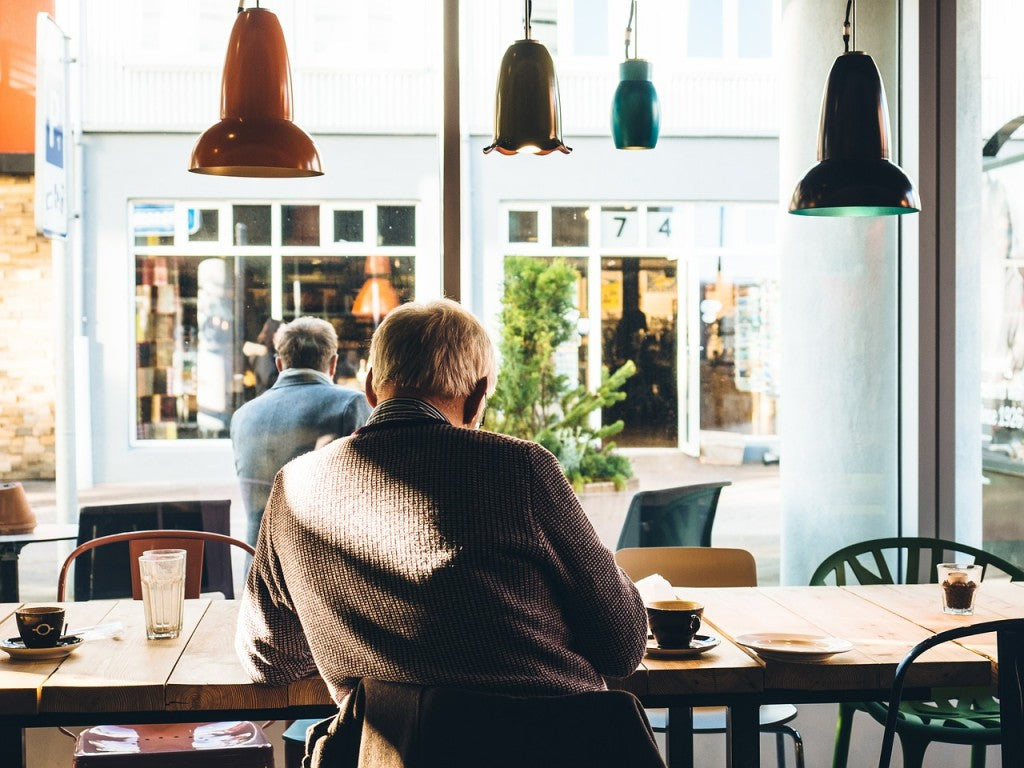
Dining solo
Solomangarephobia is a fear of eating alone; this seems to be an affliction common especially among Americans who are scared to eat alone in public (in the popular tradition of Sunday brunch, for some reason, in America, you’re tagged a “loser” when eating solo). Whole articles have been dedicated to what to do to survive eating alone in public, and for some people, it can be a big deal.
Dining alone can bring unexpected pleasures (reading and people-watching being two). Self-conscious? Invite roommates from your hostel to join you for your meal. Or do a trial run and go to a cafe earlier in the day for a snack or coffee. Sit in a booth (it’s more private) and scope out the place. You can also scope out most restaurants easily online before you go; more restaurants everywhere are posting their menus on their websites; find out what’s cooking before you go.
As a solo traveler, especially if you’re a woman, safety is a concern—everywhere
Multiculturalism without assimilation and proper vetting have made the world less safe (if you don’t believe this, go to Cologne, Germany and ask the women what they think).
Although recent events in Western Europe are hard to ignore, it doesn’t mean you should be paranoid and never travel to Germany or France or Belgium or wherever; it does mean that you should follow current events and know what’s going on before you book anywhere.
Many women in search of adventure these days do tend to have no fear; solo female backpackers in Istanbul must have nerves of steel. “Some fear” is wise. Although the world is changing, petty crimes and muggings tend to be the most common concerns in parts of the world that attract tourists.
Also: research the neighborhoods where you’re thinking of staying.
Know the cultural norms/taboos for dating in the country you plan to visit to avoid danger
It’s depressing that women’s sexual rights vary by country; knowing the different social norms and cultural dating behaviors could save your life and health. Depending on location, as women, we can’t dress the way we want without inviting street harassment—or worse.
To know what areas might be unsafe, go to the US Department of State, Bureau of Consular Affairs.
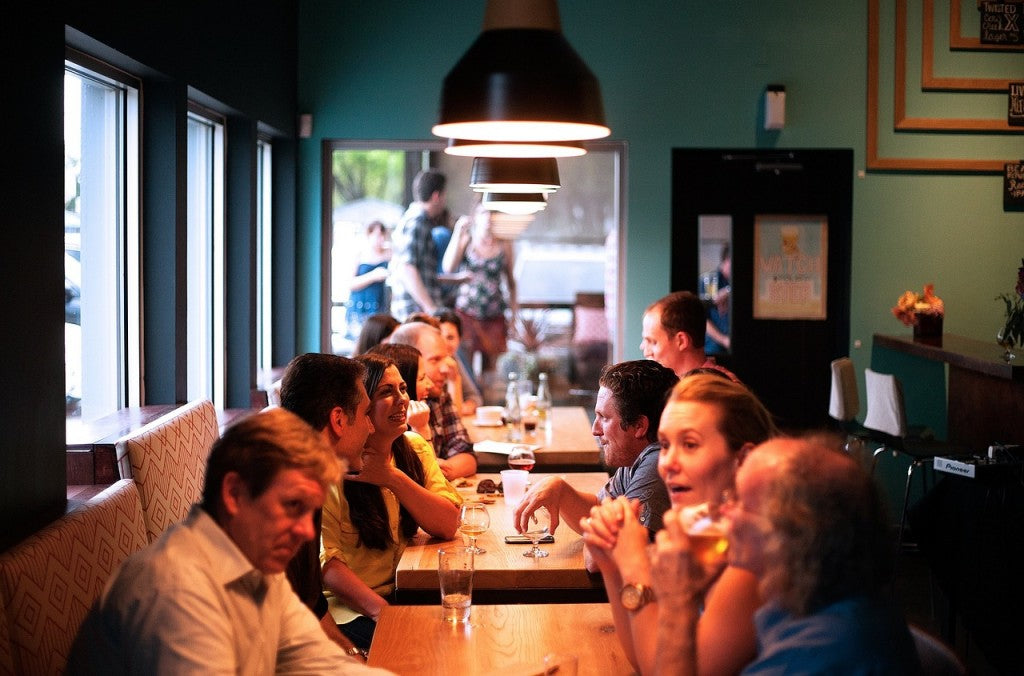
Have fun, but don’t drink too much
If you’re staying in a more communal atmosphere, like a hostel, trust your instincts—especially if everyone around you is imbibing. Look at it as the dorm situation it is, and we all know about the assaults fueled by alcohol/drugs in college dorms. In group situations, whether you’re at home or traveling, the herd mentality tends to take over. Go easy. Only have a drink or two, and keep your wits about you. Only drink from a sealed bottle or can that you can pour for yourself. Pass on any cocktails; even if you’re watching someone prepare it, you can’t be 100% sure, and scary things can happen.
Stop being so polite
Forget about “being polite,” especially if someone’s vibes feel off. Many women have the tendency to not want to “appear rude.” Ted Bundy knew this and exploited it.
Self-Defense

Self Defence
Every woman should know some basic self-defense. If you do know self-defense, though, don’t get cocky about it and think you can put yourself into dangerous situations and get out of them; it’s easier to just avoid trouble if you can.
When you’re alone, make it look like you’re not. If you’re asking a stranger for directions or something, refer to your significant other. If you’re single and want to look like you’re off the market, try to find a cheap ring that could pass for a wedding ring. This could save you in certain cultures where women are essentially “property” (and if you’re visibly someone else’s property, you might have some protection).
If someone were to attack you, learn to use your own body or common objects on your person as weapons in order to protect yourself (keys and fingers can poke eyes). Your elbows are incredibly sharp; learn how to deliver elbow strikes. This website will teach you many more basics.
Pepper Spray
If you live in America and are a woman, don’t be afraid to make grown men cry. You should own pepper spray (and more than one container at that). If you’re taking a road trip domestically in America as a woman alone, pepper spray is legal in the US, so why not?
Pepper Spray and the TSA
If you’re traveling by plane, the TSA will ding you for carrying pepper spray, so you’ll need to buy it at your destination. Research your destination for laws on pepper spray or you could find yourself in legal trouble for using it. Pepper spray is illegal in most of Europe.
Traveling after you’ve prepared with the right gear and “some fear” will help you feel secure–and can protect you from the rare possibility of harm as a solo traveler. Enjoy your trip!
Written by Katie Anton
Need Help?
customercare@tarriss.com

